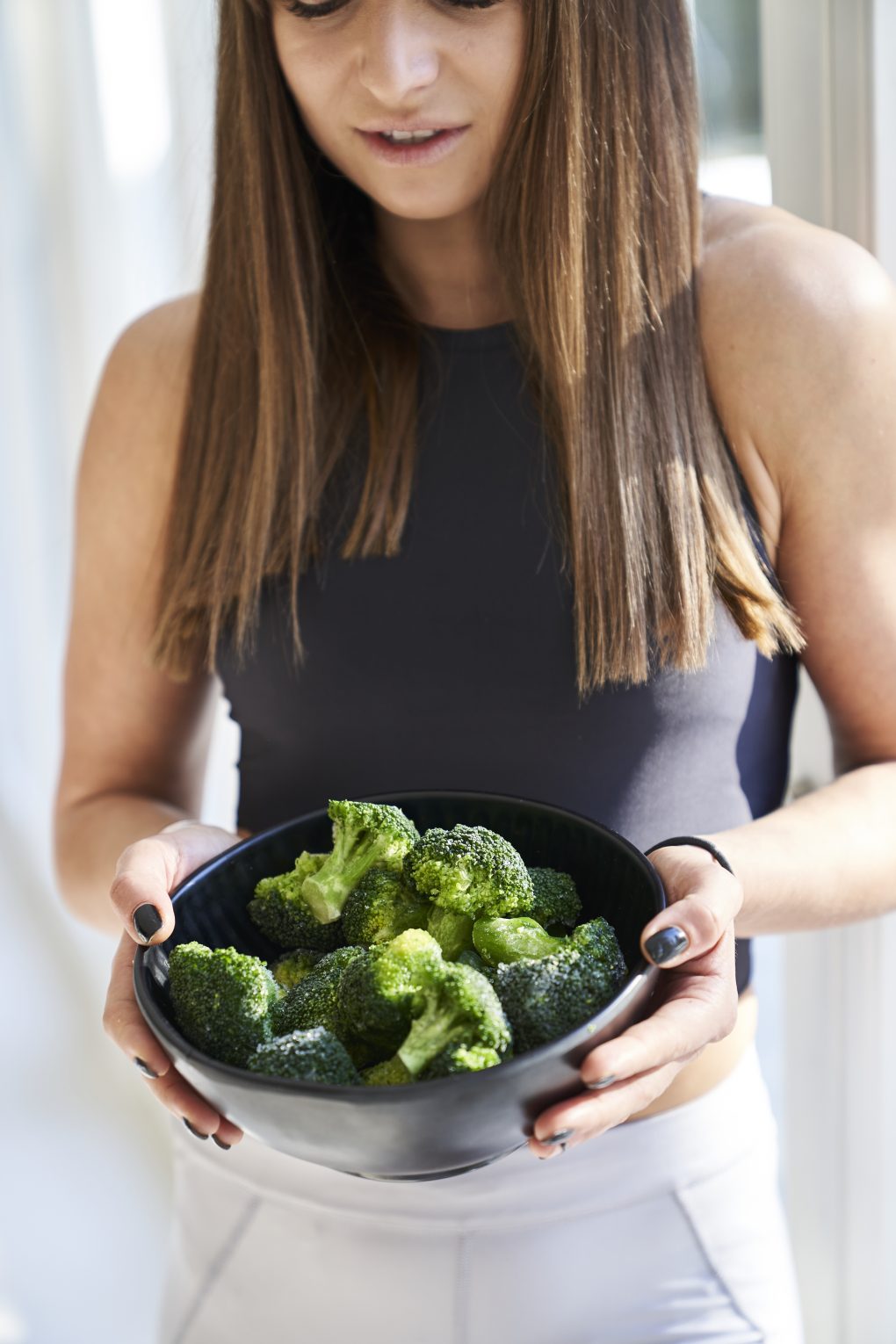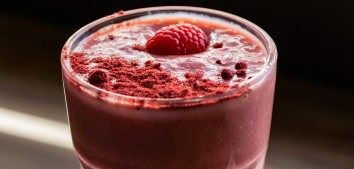
From the series THE ROAD TO HEALTH… Frozen foods
Just like all healthy food enthusiasts, I can’t wait to see colorful market stands full of fresh vegetables and fruit. Bunches of carrots, parsley roots, and punnets of strawberries always please my eye and my palate. In the meantime, in order to take care of our health and to please our taste buds we need to come up with some other solutions. Which ones?
In my kitchen there’s always some room for vegetable cream soups, green smoothies and fruit porridge. If I want to enjoy them throughout the year, I need to store up a substantial amount of vitamins and nutrients that fill up my freezer with colorful fruit and vegetables.
I can often hear that frozen foods are devoid of nutritional value and don’t offer anything apart from taste. Is that really so?
Do you know that…
- Only the best fruit and vegetables are chosen for freezing. It is done right after harvest and starts with blanching, which causes them to lose only about 15-20% of their vitamin C content. The process destroys germs, preserves color, chemical composition and taste.
- We can boldly state that frozen foods are healthy. Thanks to the high quality of the sources used and the very process of freezing, frozen foods may contain more nutrients than their fresh counterparts. The latter are sorted after harvest, then they are taken to the shops and we eat them within several days at the earliest. According to the Polish Food and Nutrition Institute, fruit and vegetables lose more vitamin C during this time than when they are blanched. It’s worth adding that frozen foods provide us with more nutrients than supplements and their price is usually much more tempting. ?
- However, before you throw your favourite frozen foods into the shopping basket, read the label carefully. Moreover, we should choose natural products with no sugar or spices. Don’t buy frozen foods if you can feel through the packaging that they are not loose and form into lumps. This means that they must have been defrosted during transportation so they might have lost their nutritional value, taste and some microbes might have developed in them.
- If you don’t want to use the frozen foods immediately after purchase, don’t let it defrost. Keep it at the same temperature at which they were frozen (usually -18 Celsius degrees). In this way you will stop microbes from growing and avoid any biochemical and chemical changes. The safest solution is to store frozen foods in tightly closed plastic containers or in special bags.
- Remember that not all foods are good for freezing.
Soft and watery vegetables and fruit will lose their firmness and crispiness.
How to defrost in order to achieve as much nutritional value as possible from frozen foods?
- Right before consumption and as quickly as possible (boil, pour over with hot water).
- If you are not planning to cook the foods, defrost them in the fridge.
- It’s best to steam vegetables and fruit to keep their nutrients.
I guess now we know enough about safe and appropriate use of frozen foods so let me invite you to my blog where you can find a handful of inspiring recipes that are great for any season. Enjoy! ?











Comments No Comments
Join the discussion…